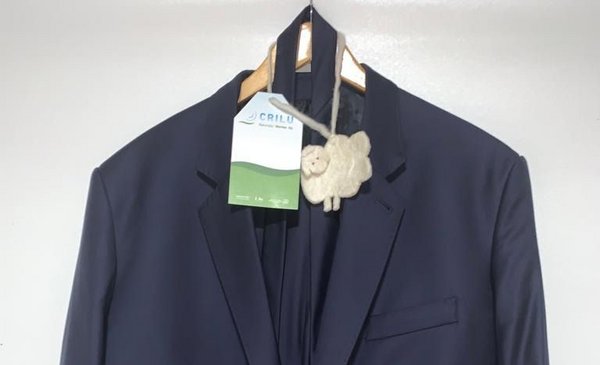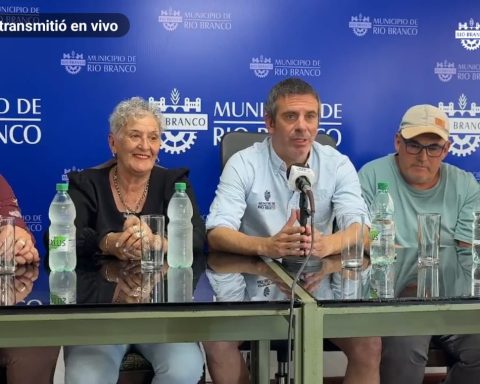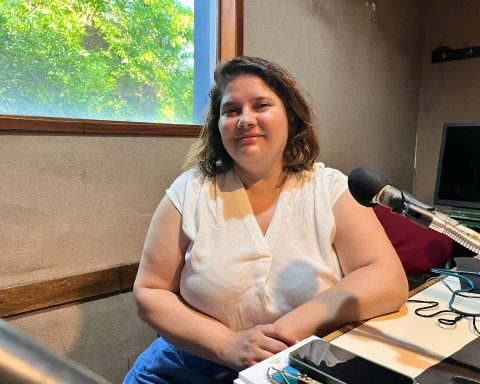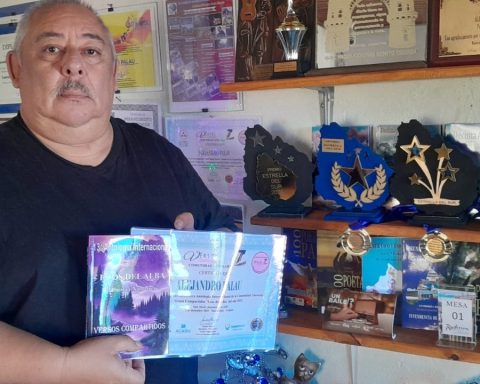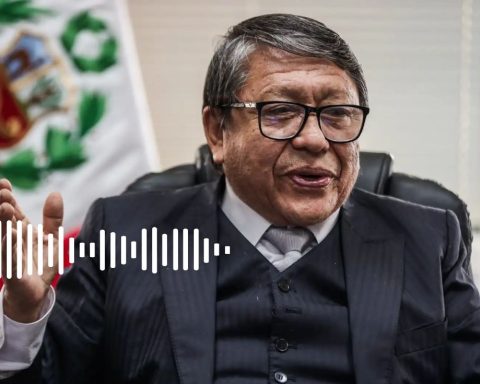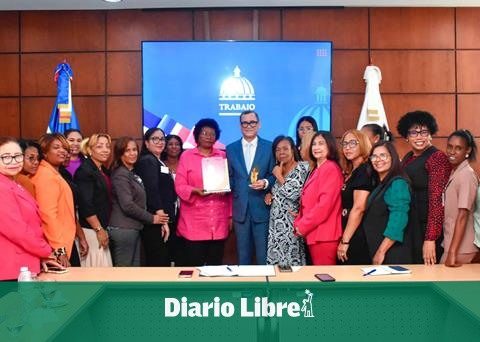Fabio MontossiLead Researcher of the National Institute for Agricultural Research (INIA), Given his various contributions to sheep farming, he received a prize of high value and at the same time very different. to what is in style –like a plaque or a painting–, since they gave him a suit identical to those used by the footballers and the rest of the Uruguayan team delegation that recently participated in the World Cup in Qatar.
As found out The Observerrecognition considered 20 years of work by agronomist Montossifirst in the Merino Fino Project from 1998 to 2008, then in the initial phase of the Regional Innovation Consortium for Ultra-Fine Wool from Uruguay (Crilu) from 2008 to 2021 and currently in phase two of Crilu.
What is Crilu?
The Crilu is a non-profit public/private alliance created in 2010 whose main objective is to coordinate and complement capacities between producers, representatives of the textile-wool industry and scientific-technological organizations to promote the sustainable development of production. , industrialization and commercialization of ultrafine wool in Uruguay. It is made up of representatives of the Uruguayan Australian Merino Breeders Society (SCMAU), INIA, the textile-wool industry and businessmen from the private sector.
Montossi received the present from the current president of the Crilu, Juan Carlos Tafernaberry, and three other former presidents of the consortium: Juan Pérez Jones, Alfredo Fros and Francisco Donagaray.
The moment of delivery of the award.
The suit that was given to him, like the one used by Luis Suárez, captain Diego Godín and coach Diego Alonsofor example, was the result of a sequence that considered Merino wool produced in Uruguayan fields that was washed, combed and carded and exported as top to Italy, where the fabric was processed and spun that, back in Uruguay, was used by the tailor Luis Muto to make jacket and pants.
This move was called “Light blue wool to Qatar” and considered a joint work of the Uruguayan Secretariat of Wool (SUL), INIA, Crilu, the Uruguayan combing industry represented in the Mercantile Chamber of Products of the Country (CMPP), the Ministry of Livestock, Agriculture and Fisheries (MGAP) , the Department of Sports and the Uruguayan Football Association (AUF), with the support of Uruguay XXI, which works to promote the Uruguay Wools sectoral brand worldwide.

PABLO PORCIUNCULA / AFP
Uruguayan players with suits made with super fine Uruguayan Merino wool.
“Any gift would have been special, because what one values is the recognition of people and institutions that I appreciate so much.I don’t even know if I deserved it with so many people who have done so much, but welcome and more with this symbolism that that suit has “Montossi told The Observer.
He also said that the surprise was, given the circumstances, to measures, in advance, since obviously at the time they scheduled a visit to the tailor, so that the measurements could be taken and the suit was “tailored”.
“It is a suit that is the product of a joint development of research and production, which is why it is so valuable to me,” he added.

A different gift.
The delivery of the recognition was carried out having as a framework a great movement of the sheep sector, during two days, called “International Fine Wool Seminar: From Garment to Field”, organized by INIA, Crilu and SUL.
In Tacuarembó, at the INIA facilities, there were conferences on the initial day and on the following day a visit to the “Bonanza” establishment of the producer Andrés Benia and then, in the afternoon, the 22nd annual delivery of Merino breed rams to 82 consortium producers.

PABLO PORCIUNCULA / AFP
Diego Alonso, with a suit made with Merino wool from Uruguayan fields.
The moment of the sheep sector
Montossi, when asked about the current state of the sheep sector, which is facing difficulties especially in marketing meat and wool of certain micronages, commented: “Today, to talk about the sector, it must be segmented, the specialization process that we pointed out in 2003 in the activity ‘From the field to the plato’ occurred in these 20 years, we projected a specialization in the production of very fine wools and on the most marginal soils of Uruguay, with prolific breeds for meat production in which wool did not affect, and another sector of fine wools of what we call it a ‘modern double purpose’, but in the latter, in the end, the micronage was lower than expected, it is between 20 and 23 microns, not in the range where today it is more difficult to market the wool”.
“I come from New Zealand and there they have the same problem plus selling those wools, above 23 microns. The meat thing, which is costing now, is something totally temporary, that is clear, as it happens with beef. What is not circumstantial is the lower demand for wools over 25 microns, although there are alternatives being sought based on end uses, due to the concept that wool, whatever it is, is biodegrabable and this is compared to other fibers. , but these signals are not coming back, at a productive level,” he commented, while noting that the productive sector is responding with efforts to continue refining the flocks.

Retirement
Sheep of the Australian Merino breed.
